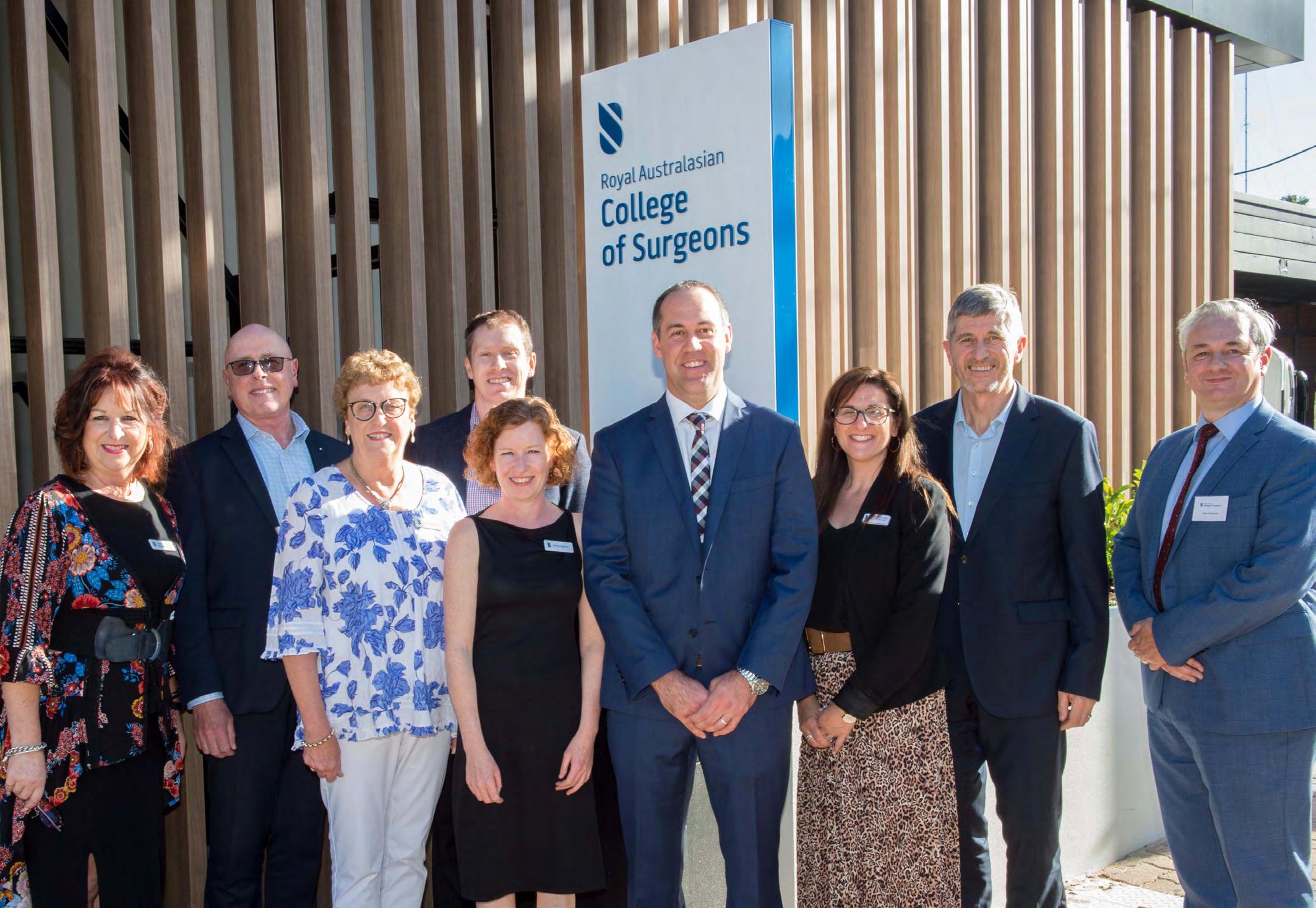34
Research
Case note review
The College must embrace public reporting of clinical quality registries
Clinical quality registries (CQRs) are mechanisms for monitoring the quality of health care delivered to a specified group of patients through the collection, analysis and reporting of relevant healthrelated information. CQRs have long been established overseas, but Australia has been much slower in introducing them despite local evidence showing they deliver significant value. CQRs traditionally use a data manager to collect general information. The analysis is typically published many months later and is often of little relevance to those reviewing it. Particular difficulties occur if an outlier is identified because previous poor care cannot then be addressed. Other issues include that performance is normally assessed comparative to others, so while half are better than the average, the average may be low. An additional complexity is the uncertainties related to risk adjustment, and few CQRs use absolute, external standards as their benchmark. Quality improvement (QI) is the framework to systematically improve outcomes. Processes have characteristics that can be measured, analysed, improved and controlled. QI is widely used in industry, but there are few examples of its application in medicine. Future CQRs are likely to use prospective QI methods such as run charts (line graphs of data plotted over time that helps to identify trends or patterns in a process) to return clinically relevant data at near real-time, benchmarked against defined standards. A particular advantage of QI is that poor performance will not suddenly emerge, but will be seen to evolve over time, allowing remedial action to be taken before harm occurs.
A significant difficulty with clinical datasets has been case ascertainment and full completion of the clinical dataset, even with dedicated data managers. Administrative data is often recorded in different programs, making it almost impossible to integrate within a single hospital, let alone across different providers. In contrast, financial organisations use common application programming interface (API) protocols, which permit instant communication across the world. Electronic medical records, health APIs and artificial intelligence (AI) are addressing these hurdles to permit administrative data from disparate sources to be downloaded and combined into a single repository. The future challenge will be adding clinical data. Cloud computing will enable the addition of clinical data to databases without geographic restriction. In the recently reported Australian and New Zealand Emergency Laparotomy Audit – Quality Improvement report, real-time clinical data from around the country was entered onto a cloud database. Run charts were returned each month and hospital outcomes benchmarked against evidencebased standards. The results showed that recording of preoperative risk assessment – a key QI standard – increased almost three-fold over two years. In 2014, the Australian Commission on Safety and Quality in Health Care (ACSQHC) released its framework for Australian CQRs. In 2019, a 10-year national CQR strategy was published under the auspices of the Australian Health Ministers’ Advisory Council. Its vision is to integrate national CQRs into health informatics systems.
Clinicians will have greater incentive to collect clinical data if it directly facilitates their daily work. For example, cancer multidisciplinary team (MDT) meetings require access to histopathology stage. If this was placed directly into a central repository it would be readily available for the MDT and others who may require it. QI run charts can be directly relevant to immediate patient care. A single-point example assessing hospital performance is ‘door to needle’ time for patients presenting with chest pain or stroke, which can be compared against agreed benchmarks. A multipoint example assessing clinical performance could be total treatment time for a patient with sepsis, covering the time from arrival in the emergency department (from hospital administrative data), to the time of objective assessment of sepsis (from emergency department electronic clinical record), to the time of antibiotic administration (from electronic prescription record). Any deviation from established clinical benchmarks would be immediately evident at an individual patient level. The value of any CQR is greatly diminished if there is not full case ascertainment, a complete record, and if hospitals and clinicians do not view and act on their own data in a timely manner. Overseas CQRs have shown that public reporting at the hospital, and even at the clinician level, has improved data quality and outcomes. The draft national CQR strategy makes it clear that public reporting is coming to Australia. In advance of this, the College must show leadership and act proactively to ensure that Australian surgical CQRs are surgeon-led.




























